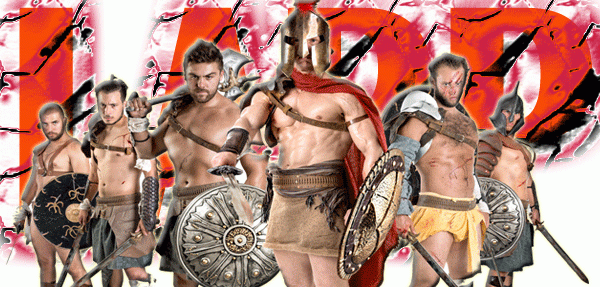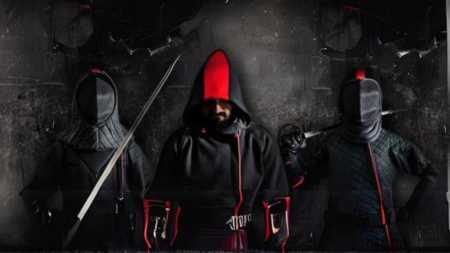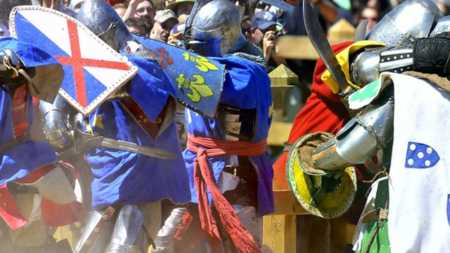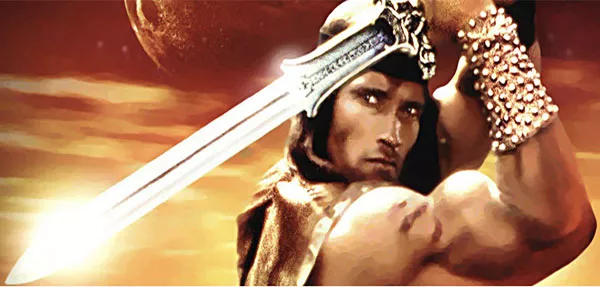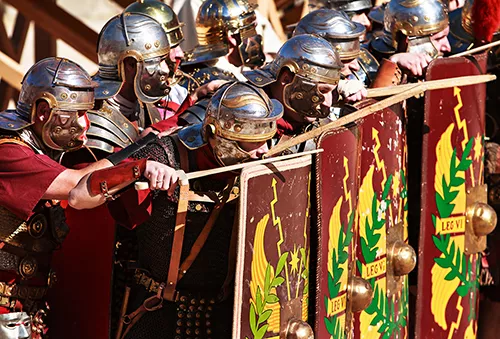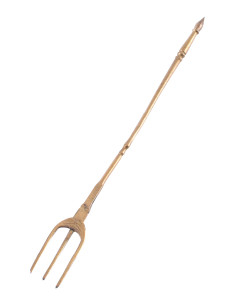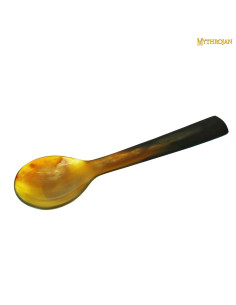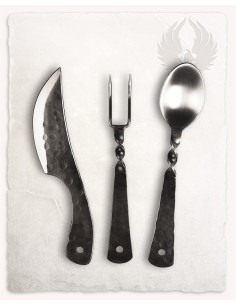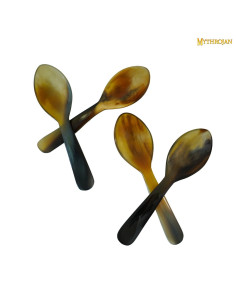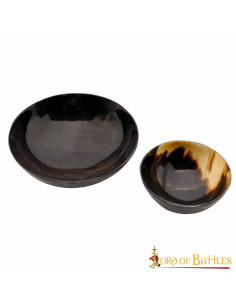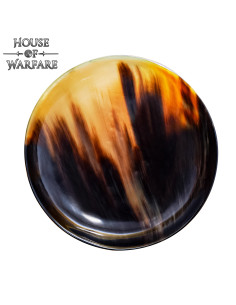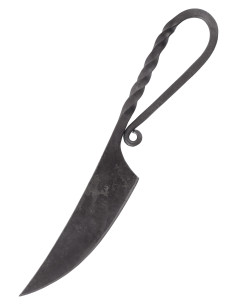Medieval Cutlery
16.20 €
Are you looking for a kitchen knife that combines style and performance without compromise? This stainless steel kitchen knife is just what you need! With a 420 stainless steel blade and an integral design, this knife offers the quality and durability you are looking for in your kitchen tools. Featured Features: 420 Stainless Steel Blade: The blade of...
13.00 €
Are you looking for a knife that is as elegant as it is functional in your kitchen? Look no further! This horn handle kitchen knife is the perfect combination of style and performance. Made with high quality 440 stainless steel, it guarantees durability and resistance in every cut. Its lightweight design allows you to handle it with ease, reducing fatigue...
13.00 €
Are you looking for a kitchen knife that combines style and functionality for your culinary preparations? This comprehensive kitchen knife is just what you need! With a 440 stainless steel blade and bone handles, this knife offers exceptional kitchen performance with a touch of elegance. Here are some features that make this knife stand out: 440 Stainless...
8.98 €
Discover the authenticity and charm of the Roman 3-Prong Brass Fork, a historical piece that will transport you to the time of ancient Rome! Although it is commonly believed that the fork was not invented until the Middle Ages, archaeological finds show that it was already used in Roman times. This three-pronged fork is a true reflection of the...
24.79 €
Elevate your meal experience with the Medieval Stainless Steel Cutlery Set, accompanied by an elegant leather case! This exceptional set not only adds a touch of medieval style to your table, but also ensures the functionality and durability you need in your daily life. Handcrafted from durable stainless steel, these cutlery stand out with their raw...
33.98 €
Embark on a journey to medieval times with our Hand-forged Three-Piece Medieval Cutlery Set with leather sheath! Consisting of a knife, a two-pronged fork and a spoon, this set is an authentic reproduction of the medieval cutlery sets essential for any traveler of the era. Here's what makes this set unique: Masterfully Hand Forged: Each piece of this...
14.58 €
Discover authenticity and beauty in every meal with our 24.5 cm Buffalo Horn Spoon. If you're wondering why this spoon has become the choice of cooking connoisseurs and crafts lovers, here are its features and benefits: Handcrafted from Buffalo Horn: Each spoon is a masterpiece of craftsmanship, created from authentic buffalo horn. This natural material...
20.58 €
Get ready to enjoy medieval-style meals and feasts with the Mytholon Medieval Cutlery Set! This cutlery set is not only functional, but also adds an authentic touch to your adventures in medieval times. Here are all the reasons to consider this cutlery set: Hand Forged Look: To achieve the wrought iron look, these cutlery are decorated with a hammer scale...
16.49 €
Transport your kitchen through time with the Set of 4 Mythrojan Medieval Spoons! These authentic and unique spoons will take you back to different eras while you enjoy their exceptional features:Made of authentic buffalo horn: These spoons are handcrafted with real buffalo horn, which gives them an authentic character and unique beauty. The use of buffalo...
27.26 €
Welcome authenticity to your table with our set of 2 genuine Viking-medieval eating bowls! Are you still using those flimsy synthetic bowls to serve yourself some delicious fresh fruits and cheese? This set of horn bowls could definitely satisfy you much better! Imagine savoring your food in the true essence of history, with handcrafted bowls that convey...
20.65 €
Immerse yourself in the medieval experience and delight your senses with this exceptionally authentic plate handcrafted in genuine horn! Prepare your delicious delicacies and serve them with a touch of history in this unique dish. Let me highlight why this horn dish is more than just a kitchen utensil: Historicity at the Table: Imagine presenting your...
14.80 €
Are you looking for a versatile and reliable tool for a variety of tasks? Do you like the feel of a hand forged knife in your hand? Then this hand forged medieval knife is perfect for you. This knife is made from 1095 carbon steel, which is a strong and durable material. The blade is not stainless, but this gives it a sharper edge than stainless steel...

